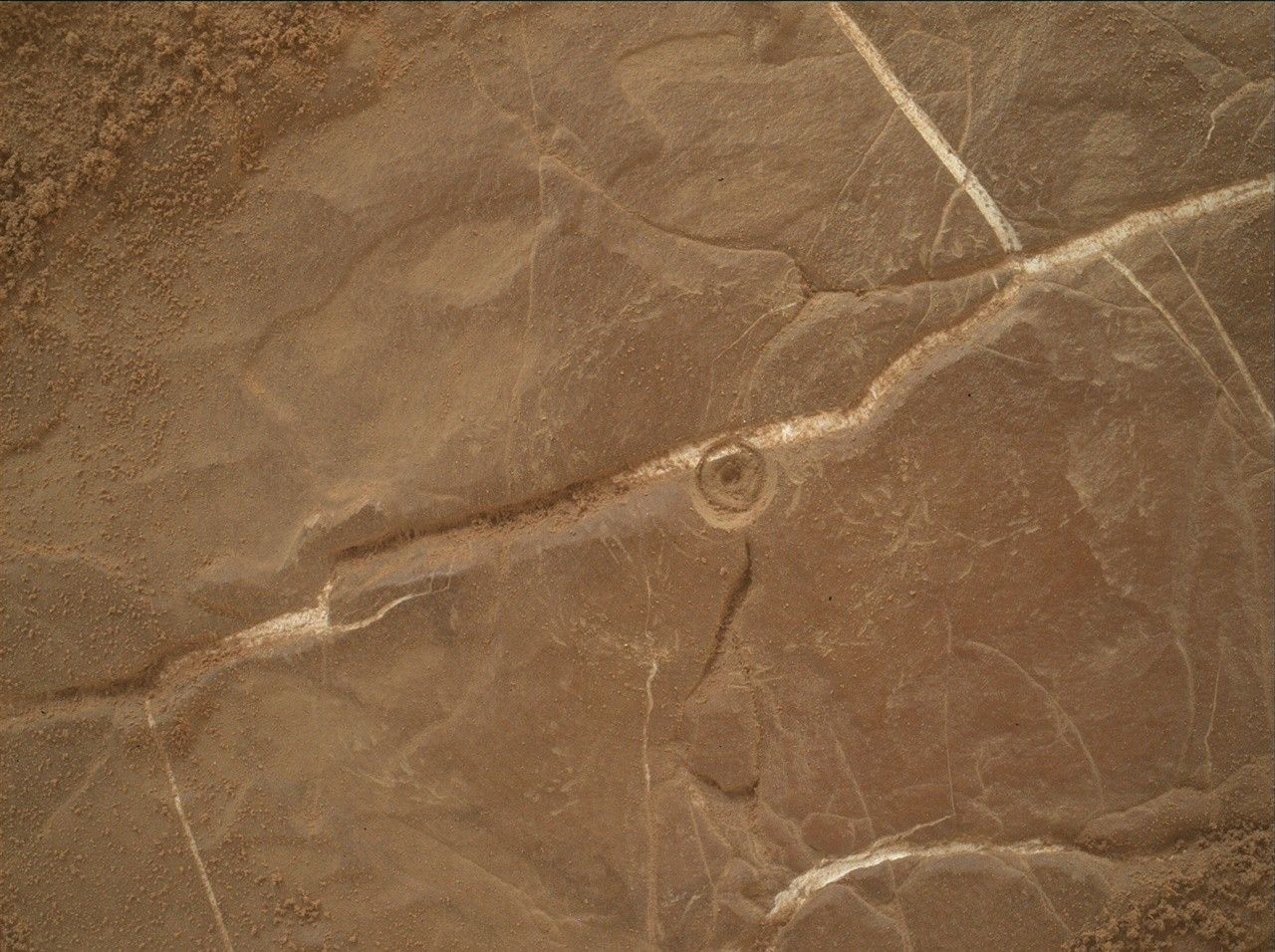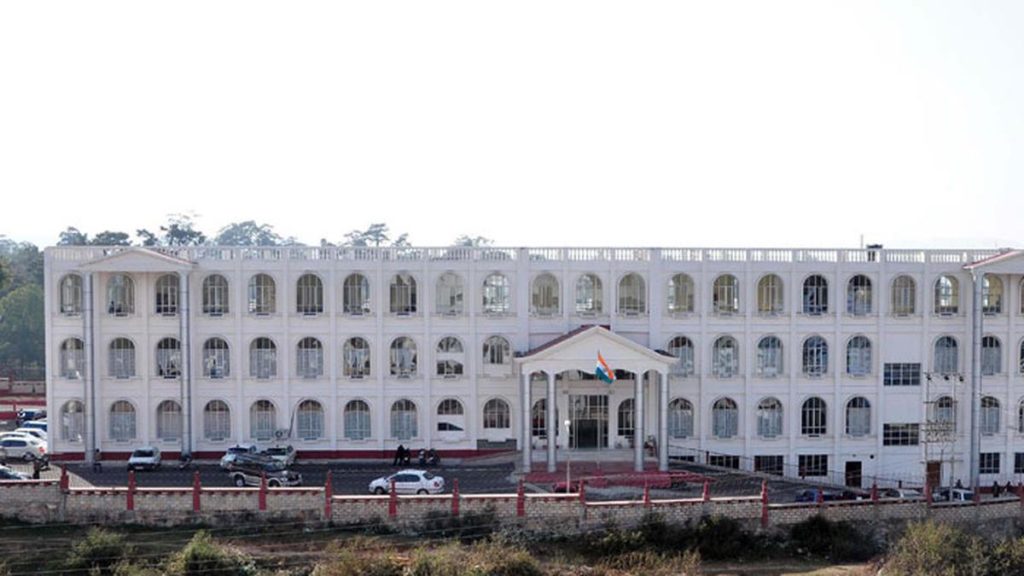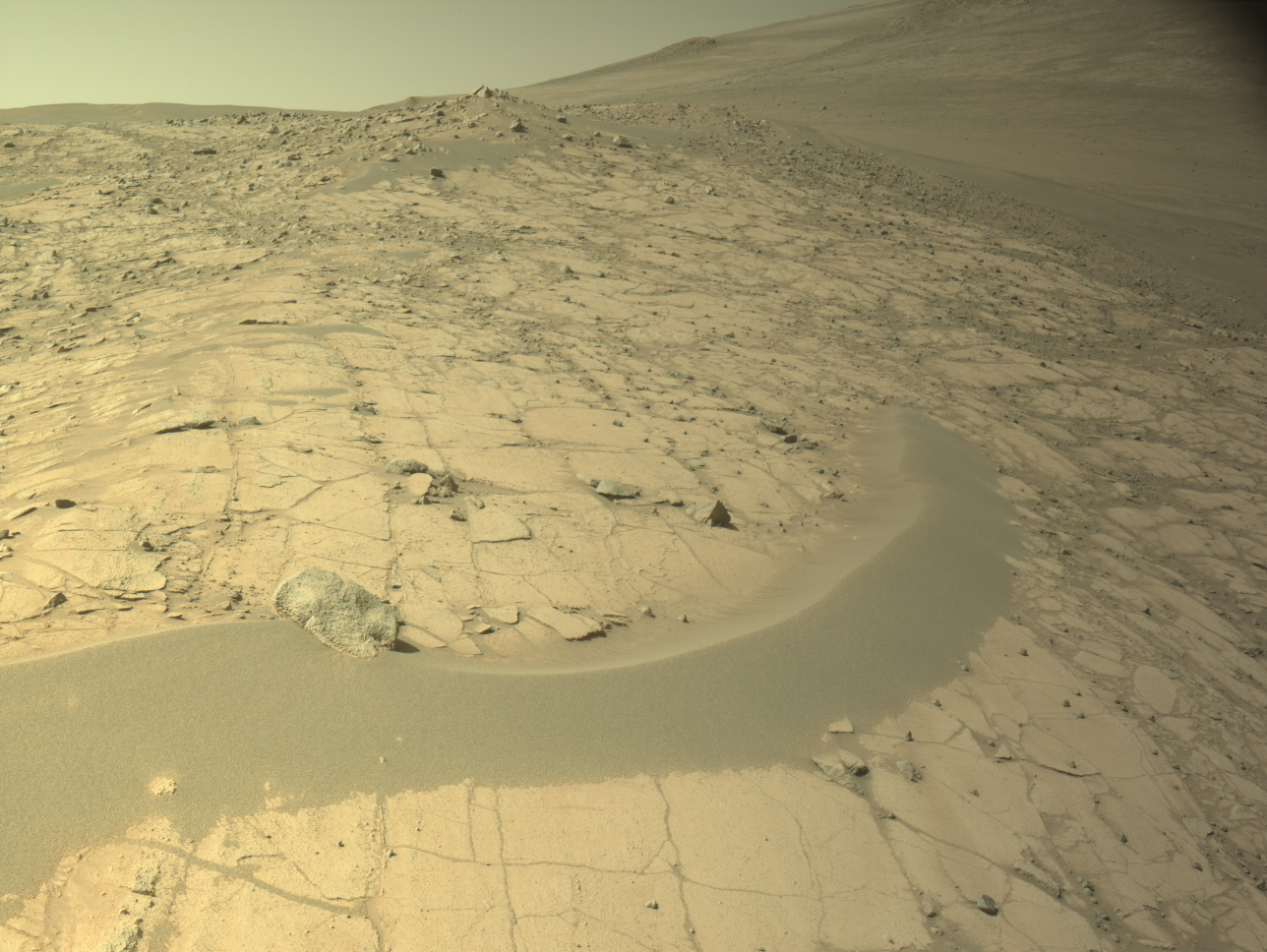Now Reading: Preparations Underway for Drilling Operations at Altadena
-
01
Preparations Underway for Drilling Operations at Altadena
Preparations Underway for Drilling Operations at Altadena

Quick summary
- Date and Context: Planning date – June 4, 2025; the Mars Science Laboratory Mission team continues its search for a suitable drilled sample location on Mars.
- Target Selected: The drill site “Altadena” was chosen due to favorable workspace conditions after repeated analyses; named after a neighborhood near JPL that suffered from the Eaton Fire.
- Drill Preparations: The team will perform a preload test to ensure the rock’s stability and compatibility for drilling. Success could lead to Altadena becoming the mission’s 43rd drill hole.
- Power Optimization Achievement: Recent enhancements in power capabilities allowed an additional hour of science activities,enabling more in-depth observations.
- Scientific Activities Planned:
– Characterization of Altadena using ChemCam LIBS, Mastcam imaging, APXS overnight observations, MAHLI images, and study of nearby stratigraphy and terrain features like Dana Point and Mission Trails.
– Atmospheric studies including surveys for dust devils, cloud movements with Navcam movies, line-of-sight dust analysis within Gale Crater, among others.
Indian Opinion Analysis
The Mars Science Laboratory continues to demonstrate persistence in its methodical approach. this phase emphasizes precision targeting for geological exploration while adapting power constraints through innovation-a hallmark of modern space exploration. As India advances its own Martian exploration efforts (e.g., MOM or future Mangalyaan missions), such developments provide valuable learning opportunities about handling challenges like extreme environmental conditions or maximizing limited resources.
India’s growing investment in planetary science can incorporate these insights into strategies for achieving similar breakthroughs. Moreover, naming conventions reflecting Earth’s human contexts-like Altadena-is noteworthy as it ties scientific endeavors back to real-world narratives. For Indian missions engaging international collaboration or public outreach campaigns on space science discussions like chandrayaan’s success stories could align similarly with relatable themes.

























